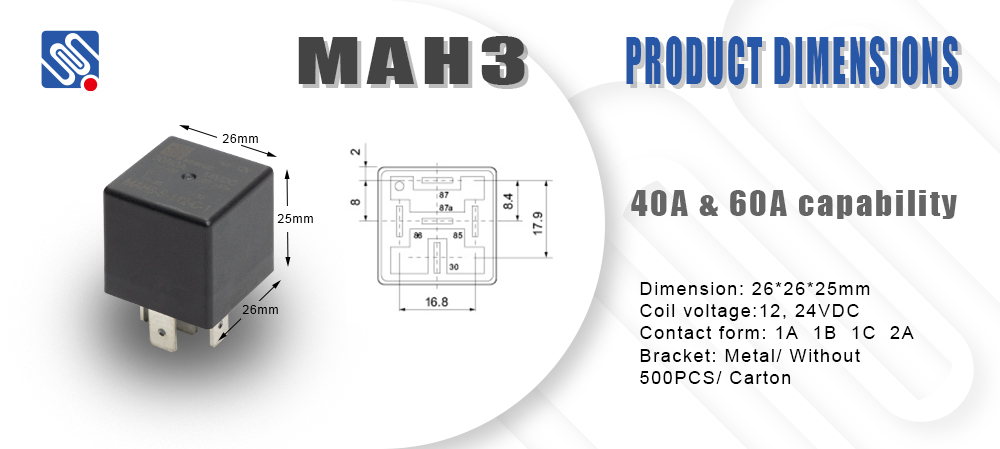Relay troubleshooting is a vital skill for anyone working with electrical circuits, from engineers to hobbyists. A relay is an electrically operated switch that uses an electromagnet to mechanically operate a set of contacts. Relays are commonly used to control high-power devices with low-power control signals, making them essential components in automation, industrial control systems, and various other applications. However, like any other component, relays can experience issues that need to be diagnosed and fixed. This article will explore the common problems associated with relays and provide a step-by-step guide on how to troubleshoot these issues.

Understanding the Relay Functionality A relay typically consists of two main parts: the coil and the switch. The coil is the electromagnet that, when energized, pulls the contacts together to complete the circuit. When the coil is de-energized, the contacts return to their default state, either open (NO – normally open) or closed (NC – normally closed). The ability of relays to control high-power devices using a low-power control signal makes them highly versatile. Common Relay Issues Relay Fails to Activate The most common problem encountered with relays is the failure to activate. When a relay does not switch, it could be due to several factors, including issues with the power supply, the control signal, or the relay coil itself.